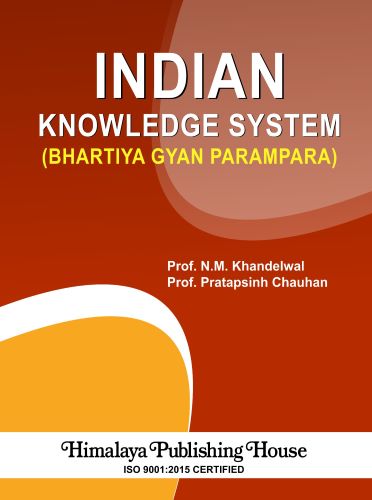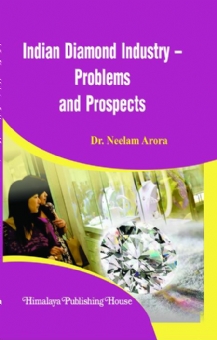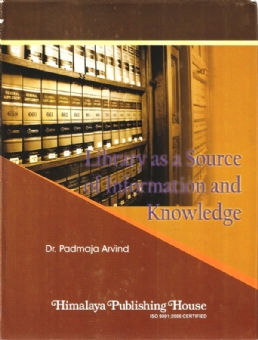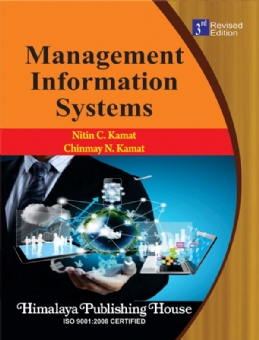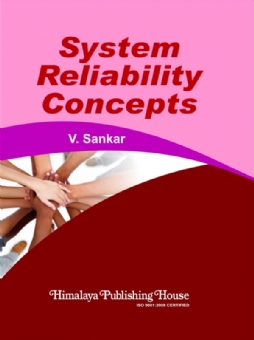The present book is the first book based on the syllabus prescribed by the University Grants Commission on IKS. The book incorporated two-decade long research efforts by the authors in this field. The book is based on needs the of learners. Easy to understand English is used. Each chapter follows the following sequence:-
- Learning objectives
- Structure of the chapter
- Text and cases
- Summary
- Keywords
- Expected Learning outcome
- Self-Test Questions to test Knowledge Understanding Analysis and Application
- Multiple Choice Questions with answer key.
- Further readings
Important matter which needs special attention is given as Appendix at the end of the Chapter.
The book is divided into 4 units as per the syllabus. Each unit consists of two chapters. This book contains total 8 chapters. Size and content are kept limited to suit the capacity and time available with an average learner.
Contents –
Unit 1 : Bhartiya Gyan Parampara (Indian Knowledge System) – An Overview
1. Introduction
1.1 Knowledge System Defined
1.2 Various Knowledge Systems
1.3 Defining Indian Knowledge System (IKS)
1.4 Importance of Study of IKS
1.5 Summary
1.6 Keywords
1.7 Expected Learning Outcomes
1.8 Self-test Questions
1.9 Appendices
1.10 References and Further Readings
2. The Indian Knowledge System Corpus – A Classification Framework
2.1 Vedas
2.2 Smritis
2.3 Puranas
2.4 History – Epics
2.5 Some Unique Aspects of Indian Knowledge System
2.6 Expected Learning Outcomes
2.7 Summary
2.8 Keywords
2.9 Self-test Questions
2.10 References and Further Readings
Unit 2 : Knowledge: Framework and Classification
3. Gautama’s Nyaya Dharshana
3.1 Akshapada Gautama Rishi
3.2 Gautama’s Nyaya Sutras
3.3 Contemporary Relevance of Nyaya Sutras
3.4 Concept of Treatise (Shastra)
3.5 Instruments of Right Cognition
3.6 Objectives of Right Cognition (Sutra)
3.7 Doubt
3.8 Motive
3.9 Example
3.10 Theory
3.11 Factors of Inference
3.12 Hypothetical Reasoning (Tarka)
3.13 Demonstrated Truth
3.14 Discussion
3.15 Disputation
3.16 Wranglings
3.17 Fallacious Reasons
3.18 Perverse Reasoning
3.19 Casuistry
3.20 Clinchers
3.21 Summary
3.22 Keywords
3.23 Expected Learning Outcomes
3.24 Self-test Questions
3.25 References and Further Readings
4. Kanad’s Vaisheshika Darshana
4.1 Kanad Rishi
4.2 Vaisheshika Sutra of Kanad Rishi
4.3 Vaisheshika Philosophy
4.4 Prameya – A Vaisheshikan Approach to Physical Reality – Dravyas, Attributes and Action
4.5 Action – Vaisheshikan Worldview of ‘Existence’
4.6 Pramana – Evidence/Proof
4.7 Samasya (Problem)
4.8 Comparison between Nyaya Darshana and Vaisheshika Darshana
4.9 Potential Fallacies in the Reasoning Process
4.10 Established Tenets in a Field of Study
4.11 Summary
4.12 Keywords
4.13 Expected Learning Outcomes
4.14 Self-test Questions
4.15 References and Further Readings
Unit 3 : Health, Wellness and Psychology
5. Yoga Philosophy
5.1 Concept of Health, Wellness and Psychology
5.2 Yoga Philosophy of Maharishi Patanjali
5.3 Sources of Yoga Philosophy
5.4 Ashtanga Yoga of Patanjali (8-step Yoga Practice)
5.5 Hatha Yoga
5.6 Ashtanga Vinyas Yoga
5.7 Comparison between Different Yoga Systems
5.8 Comparison between Yoga and Other Vedic Philosophies
5.9 Applications of Yoga Philosophy
5.10 Emerging Health and Wellness Issues in Digital Society
5.11 Summary
5.12 Keywords
5.13 Expected Learning Outcomes
5.14 Self-test Questions
5.15 Appendices
5.16 References and Further Readings
6. Ayurveda
6.1 Ayurveda – Definition of Health
6.2 Founders of Ayurveda
6.3 Tri-dosha – Relationship to Health
6.4 Ayurvedic Diet Plan
6.5 Rasas (Tastes)
6.6 Impact of Time and Seasons on Ayurvedic Diet
6.7 Impact of Age Factor on Ayurvedic Diet
6.8 Benefits and Limitations of Ayurvedic Diet
6.9 Charak’s Principles of Ayurvedic Diet
6.10 Summary
6.11 Keywords
6.12 Expected Learning Outcomes
6.13 Self-test Questions
6.14 Appendices
6.15 References and Further Readings
Unit 4 : Governance and Public Administration
7. Governance System Heritage
7.1 Origin of King, his Attributes, Roles and Responsibilities – Manusmriti
7.2 Ideal or Role Model King Attributes – Valmiki Ramayana Epic
7.3 Attributes of a King, His Roles and Responsibilities – Mahabharata Epic
7.4 Attributes, Roles and Responsibilities of a King – Kautilyan State
7.5 Need and Importance of a King
7.6 Prakritis of a State
7.7 Summary
7.8 Keywords
7.9 Expected Learning Outcomes
7.10 Self-test Questions
7.11 Appendix
7.12 References and Further Readings
8. Public Administration Perspective from the Epics
8.1 Concept of Public Administration, its Roles and Responsibilities
8.2 Heads of the Departments – Job Analysis
8.3 Recruitment on Key Positions
8.4 Confidential Testing and Enquiry
8.5 Allocation of Duty
8.6 Wages and Salary Administration
8.7 Code of Conduct and Discipline
8.8 Some Do’s and Don’ts for Public Servants and King
8.9 Value of Human Resource
8.10 Organizational Structure in Mahabharata
8.11 Ambassadors/Envoys
8.12 Shukraniti on Public Administration
8.13 Summary
8.14 Keywords
8.15 Expected Learning Outcomes
8.16 Self-test Questions
8.17 References and Further Readings
Practical Exercises

